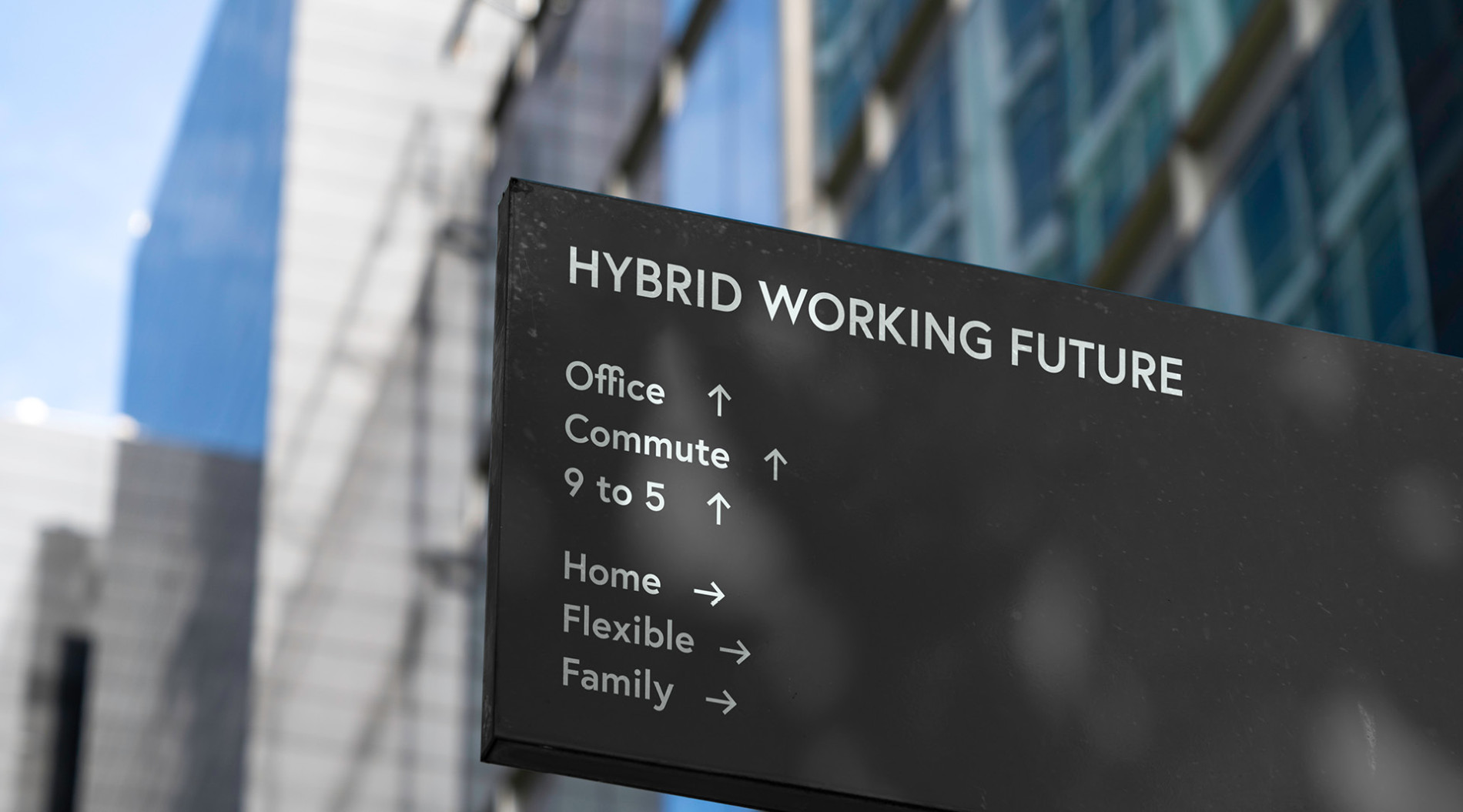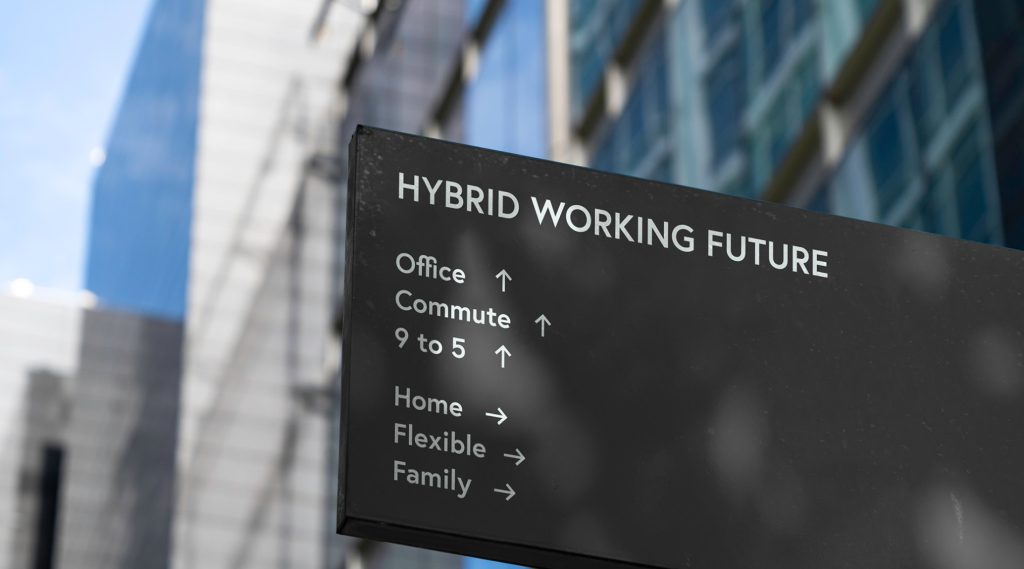Future-Proofing your Hiring Strategy: Navigating the Challenges of Australia’s Construction Industry
The Australian construction industry is booming, but at the same time it’s struggling.
It’s booming because of the huge public infrastructure project pipeline, while the residential housing construction market, although currently slowing, is likely to improve given the large backlog and the uptick in immigration.
But it’s struggling because it’s facing a perfect storm of challenges:
- Lingering supply chain disruptions caused by the COVID pandemic, especially in China
- More recent supply chain problems created by the war in Ukraine
- Extreme weather and climate events adding to construction delays
- Accelerating inflation producing rapid materials cost increases, making it difficult to tender for projects, budget for existing activity, and emerge with a profit
- A high rate of insolvencies in the sector as a result of these pressures
However, in spite of this already daunting list, the most problematic of the current hazards are the five challenges in hiring in the construction industry
Challenge 1: Shortage of skilled workers
There’s a huge discrepancy between workforce supply and demand in the construction sector.
Infrastructure Australia, the federal government’s infrastructure advisor, issued an Infrastructure Market Capacity report in December 2022. Here are three of its disturbing conclusions:
- Labour scarcity is the single biggest issue faced by construction companies.
- As of October 2022, public infrastructure projects, including small capital projects, face a shortage of 214,000 skilled workers.
- In 2023, labour demand is projected to increase 42,000 to a peak of 442,000. This is more than double the projected available supply.
Many factors contribute to this shortfall. The existing workforce is ageing, and the number of retiring employees is not being matched by incoming young trainees. Vocational Education and Training (VET) courses are being restricted by a lack of available teachers. Overall Australian unemployment is at its lowest level for decades, and construction hiring has to compete with other industries better able to offer the hybrid work which many workers now expect. Meanwhile, although skilled immigration is set to increase, arrivals are still well behind pre-COVID levels.
Challenge 2: High employee turnover rates
The latest ABS job mobility data indicates that 110,000 people left a construction industry job in the 12 months ended February 2022, the fourth highest turnover of the 14 sectors measured. Job mobility in construction was 8.6%, up from 7.2% in the previous year.
These relatively high turnover rates may be the result of some of the less attractive aspects of working in the sector, such as the long hours, the physically demanding nature of the work, the absence in most cases of hybrid work, and the lack of job security in an industry dominated by contract and subcontracted labour and a casual workforce.
Construction hiring managers will need to strive to overcome these unappealing factors by emphasising some of the more beneficial features for talent in construction roles, including the ability to earn while learning, flexible hours, working in the outdoors, and the potential for travel.
Challenge 3: Safety concerns
Given the nature of the work involved, there is inevitably a high potential for accidents in the construction sector. The hazards can include body stresses from manual lifting and exertion, falls and slips, and machinery and materials mishandling or malfunction. But a high potential for accidents does not necessarily have to translate into an actual high rate of casualties
Research by the federal government’s Safe Work Australia agency shows that, while both employers and employees felt that worker carelessness was the main cause of injury in the sector, one third of employees felt that a lack of education and training about safety was also a major contributing factor.
Clearly, construction hiring can benefit from changing the perception of the sector as being accident-prone by prioritising safety. This includes identifying safety issues and discussing them with workers, contractors and other businesses in the sector, providing protective clothing and equipment, and, of course, implementing safety measures. However, training around safety can certainly be improved, with one quarter of construction workers indicating that they received no health and safety training over the 12 month period preceding the date of the research.
Improving safety can not only reduce absenteeism, lift productivity and cut costs, it can also boost employee retention rates and make the sector more attractive to talent in construction.
Challenge 4: Difficulty in attracting young talent
Attracting more young talent in construction industries is fundamental to relieving the current serious skills shortage. As previously mentioned, the current very low unemployment rate sets all sectors of the Australian business landscape in serious competition with each other when it comes to hiring challenges, but negative perceptions of the construction sector among young people are certainly not helping.
Construction needs to counteract its image problem by demonstrating that it is not necessarily physically demanding and accident-prone, that it is not confined to manual labour, that it is not rigid and outdated, and that it is gender and ethnically diverse with a wide range of available career opportunities.
Challenge 5: Technological advances
A greater uptake of technological advances is a further option for reducing the talent shortfall. Technology can reduce the reliance on a human workforce as well as improving safety, reducing costs and increasing productivity. The advances in question may include:
- Building Information Modeling (BIM) to digitally represent the physical and functional characteristics of buildings or infrastructure, enabling architects, engineers and construction professionals to collaborate more efficiently, reduce errors, and optimise the design process.
- Drones to survey and map construction sites, monitor progress and inspect structures for safety, providing real-time data on site conditions and helping to improve project management and decision-making.
- 3D Printing to create complex shapes and structures (e.g. walls, floors and roofs) with greater precision and speed.
- Augmented Reality (AR) and Virtual Reality (VR) to simulate building designs, allowing architects and engineers to visualise projects in 3D before construction begins.
- Robotics to automate repetitive and dangerous tasks, such as bricklaying and demolition.
The positives of embracing technology from a construction hiring viewpoint are that it will make the industry more attractive to potential talent – especially young talent – by offering a wider variety of roles and career paths for digital natives and by removing some of the negative perceptions around manual, outdated and unsafe practices. However, it will involve an investment in not only equipment but also training and development of the existing workforce, some of whose members may be resistant to change.
Turn the challenges into opportunities
The economic strength of the Australian construction industry is undeniable. And, while the challenges – especially the hiring challenges – are diverse and formidable, the potential to turn them into opportunities is enormous.
Adecco can be your trusted partner in overcoming your current skills shortage or high turnover rate by helping you to address safety concerns and other negative perceptions that may be alienating talent. We can assist in promoting your uptake of technology, your training options, your career opportunities and your diverse workforce. Contact us today find out how we can help.












